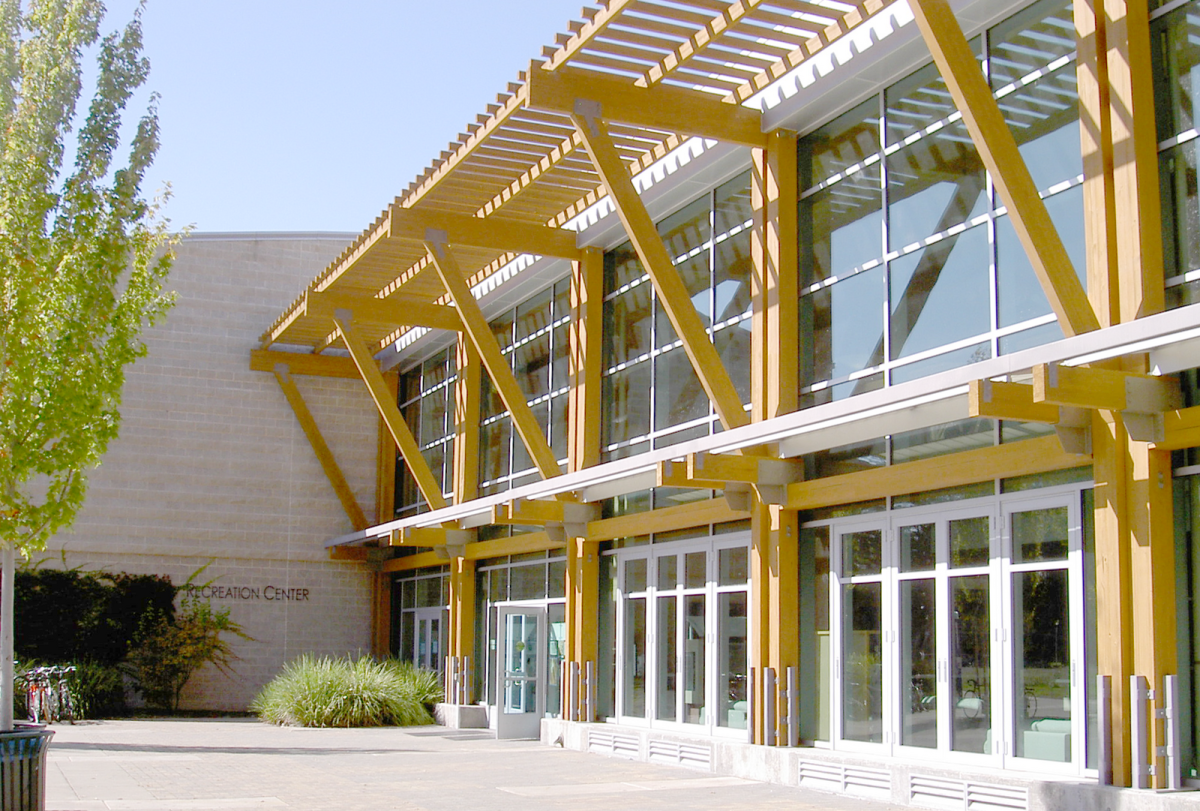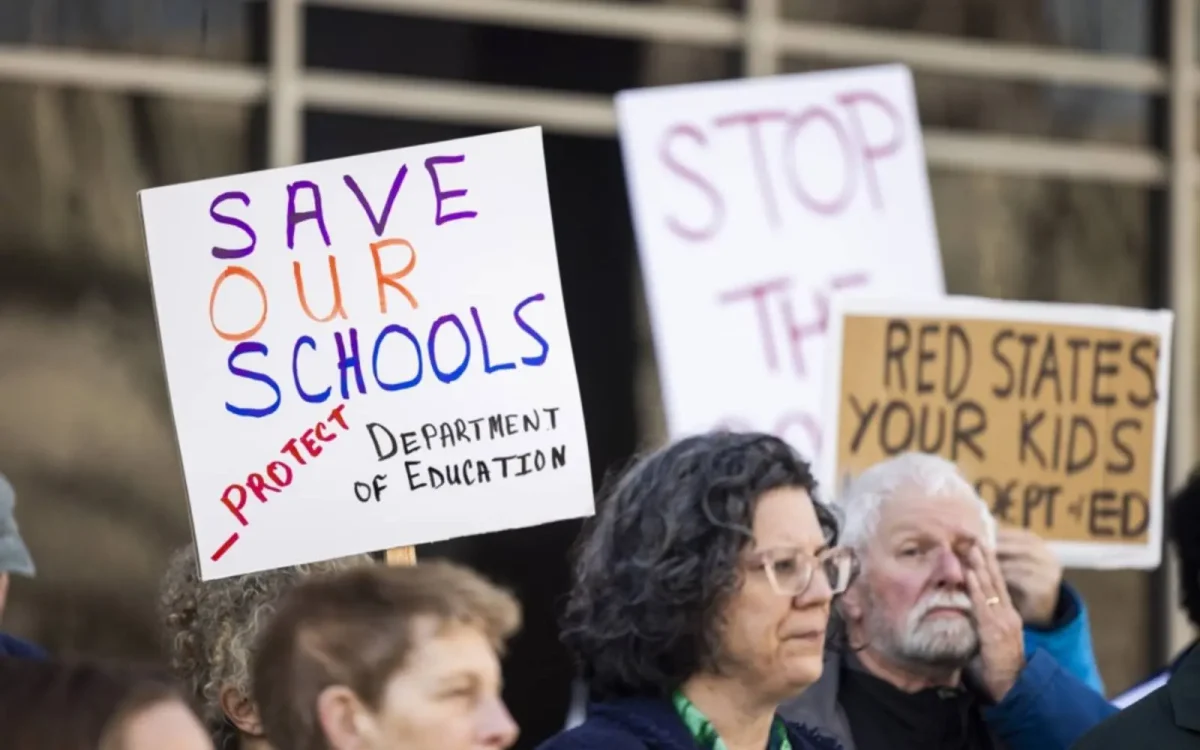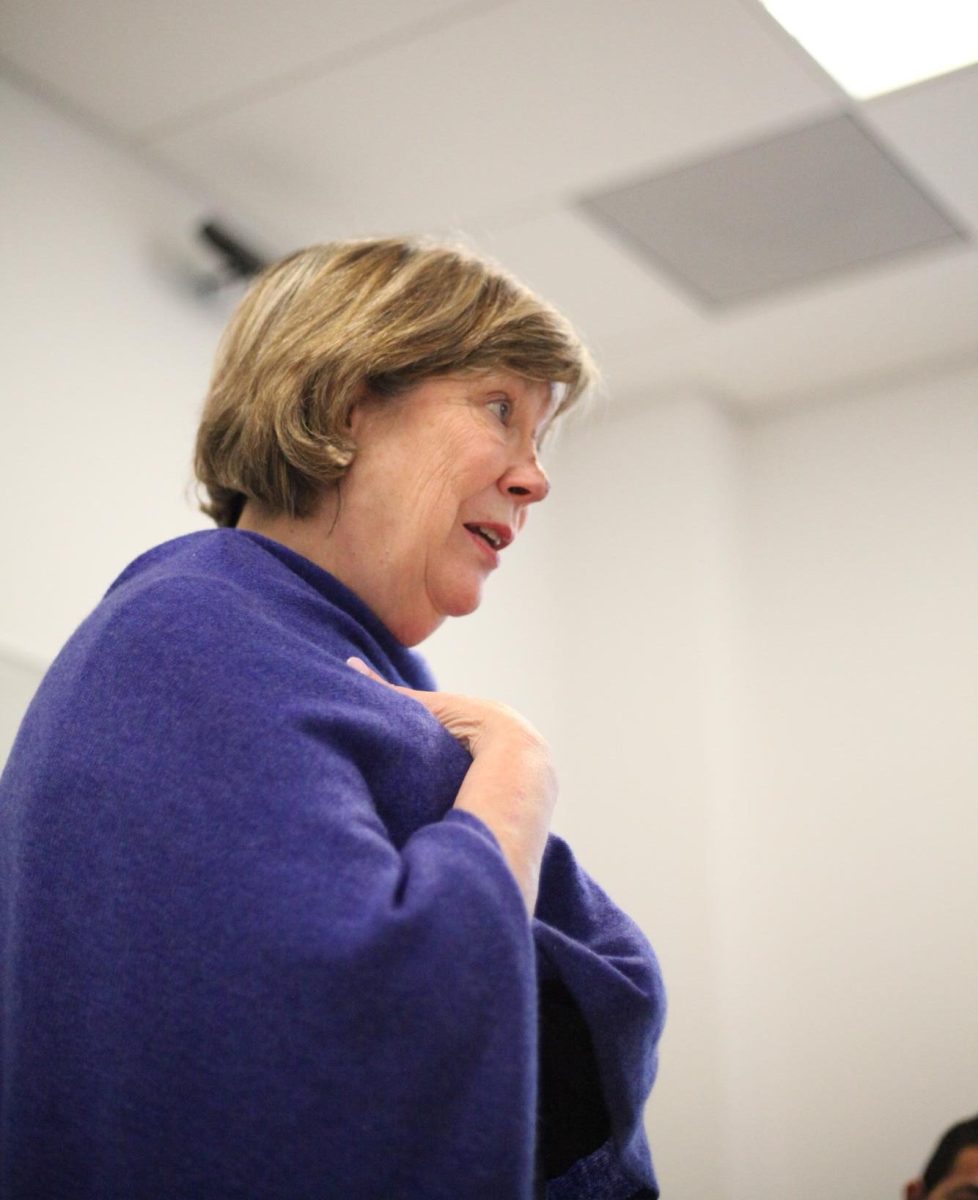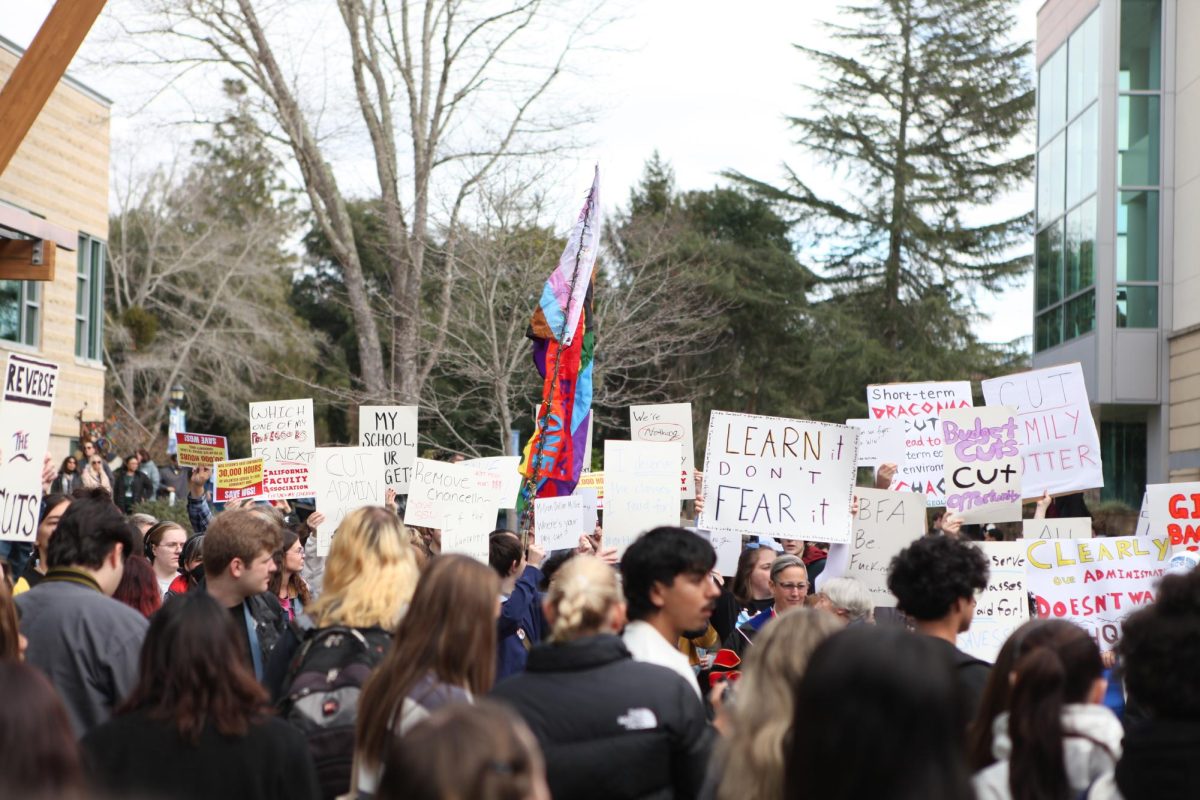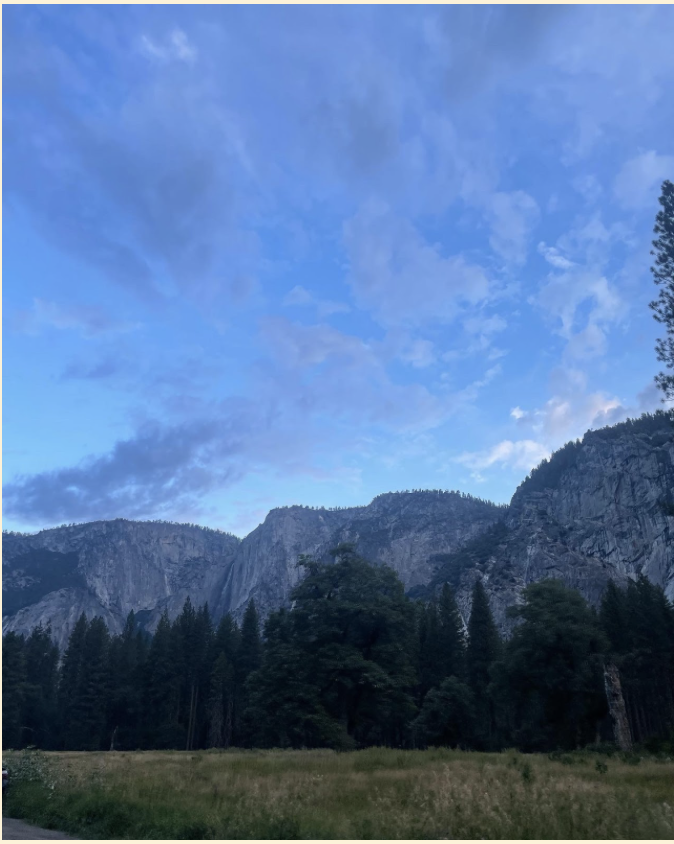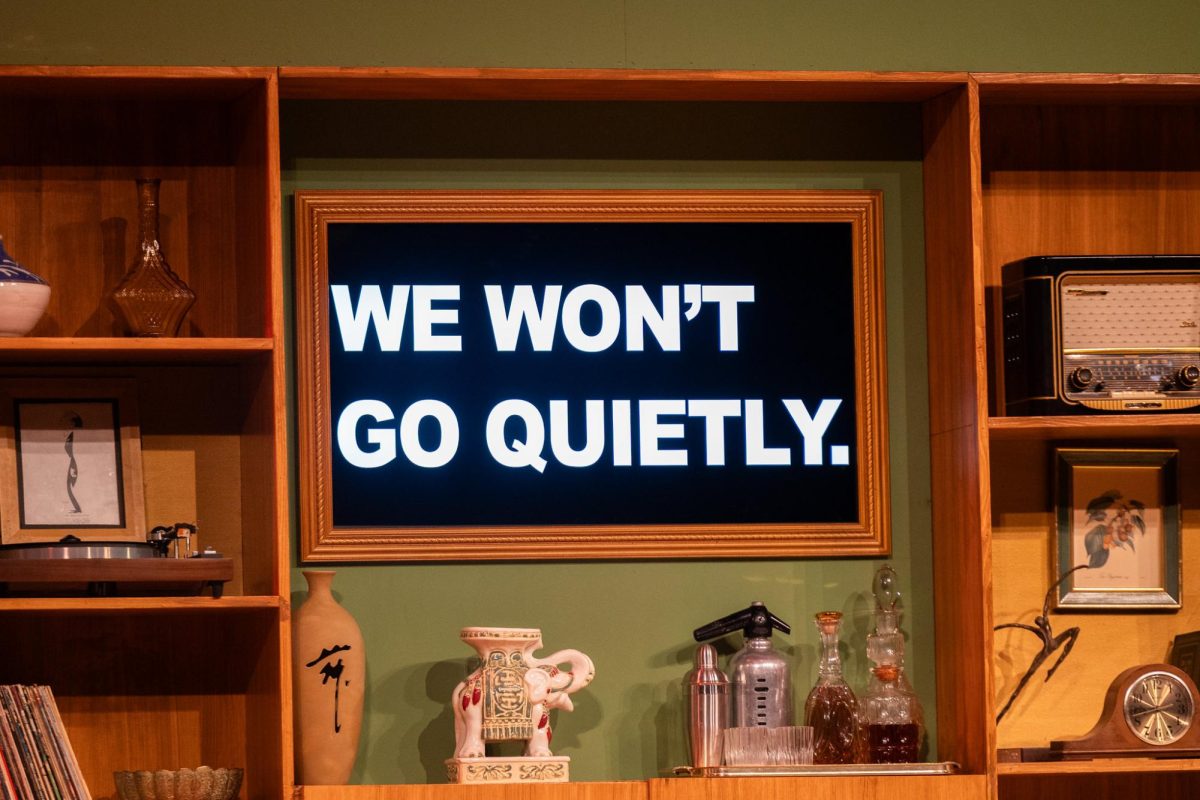After Sept. 11, airports prohibited welcoming committees from entering gates and TSA required shoe removal during screenings. After a 1996 shooting in Tasmania that claimed the lives of 35 people, Australia passed the three-part National Firearm Agreement that placed control on semi and fully automatic weapons, created a registry for owners and implemented a buyback program where owners could sell their firearms back to the government.
After the 18th mass shooting of 2018 in the U.S., which took 17 lives and earned the recycled label “worst shooting in modern history,” President Donald Trump proposed arming teachers across the country to “immediately fire back if a savage sicko came to a school with bad intentions.”
Our underpaid and overstressed teachers across the nation constantly request additional computers, newer textbooks and smaller classroom sizes; changes and tools to enhance the learning experience for our future influencers. However lawmakers and their vocal supporters, loyal to the very wealthy rifle association, paint a backwards scene where measures such as active shooter drills, banning backpacks and providing armed security are more protective than restricting public access to arms.
Thoughts and prayers are no longer enough for today’s activists. Conscious and alert, the next generation of American voters have already lived through some of the most extreme natural disasters to date and 291 school shootings since 2013.
According to Every Town Research, seven children and teens aged 19 or lower are killed by guns in the U.S. on average daily. Today’s youth has quickly learned if action does’t occur immediately, it likely won’t happen at all; and the longer people of power wait to propose new gun legislation the sooner another disaster will occupy headlines.
Emma Gonzales, an 18-year-old Parkland student, survivor and now advocate for gun reform, is just an example of the determination our youth holds. Only hours after the incident, Gonzales crusaded airwaves demanding gun reform and calling out congress for brushing aside their morals in lieu of donations. A week later, she was on stage challenging NRA spokeswoman Dana Loesch about unregulated access to firearms.
Conspiracists have attempted to diminish the event and discredit survivors by labeling them as “crisis actors,” according to CNN, who had been instructed on talking points and coached into anti-gun activism. But the exposure of the event, much like the election, perpetuated the importance of reform and a redress of current standards.
According to Giffords Law Center, the National Criminal Background Check system, the database which houses background checks for legal sales and transfers of firearms, isn’t federally mandated and states provide information on gun ownership on a voluntary basis. Only 13 states and one territory in the U.S. require a license or permit to purchase a firearm. Of those 14 regions, 10 need a license, two require a permit, and one needs only proof of registration. The remainder, California, needs only a firearms safety certificate.
Granted, licensing and permit conditions include thorough background checks, safety training, written tests and safety training, these measures are only being taken across 28 percent of the country.
While the right to bear arms has been debated for decades, children haven’t been the focus of the discussion; now they are leading it. For Australia, it took only one mass shooting to prompt action toward total gun reform. How long will it take before U.S. lawmakers prioritize the safety of our children over corporate greed?



